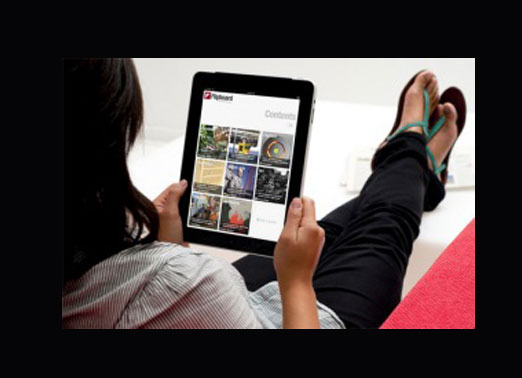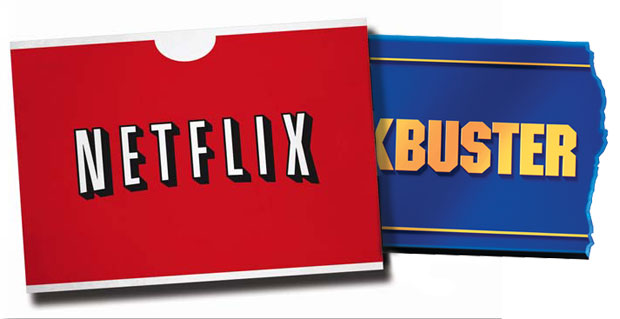Time Has Limitations, But You Don’t!
Being an entrepreneur, I have a mind set to create something better and to “maximize” the future. One of the things that I like to maximize is time. The problem with that is time is not scalable; it cannot be expanded with increased  use. What do we do then? Since you and I can’t change the fact that we all have 24 hours to utilize in a day, we need to approach it differently.
use. What do we do then? Since you and I can’t change the fact that we all have 24 hours to utilize in a day, we need to approach it differently.
From the perspective of the majority, we all go to work and put out a certain number of hours. If you want more money, then you work more hours, right? This is because you are paid for being at work, either by the amount of time worked or by the project or production. For example, when we are building a custom software project, we receive payment for the hours we work on the project or, if we quote a fixed price, for the completion of the project itself.
When you work this way, you must ramp up each project and exert the time and energy into understanding each client situation, becoming familiar with the client’s environment, solving the problems, writing the code , testing the code, getting it stable, and then you do it all again. In order to grow and expand your profits, you need to acquire more time, more resources, or both.
We have the opportunity to build one software project and sell it over and over again. You build it once, but you can sell, lease, or give the software to a couple or even a few billion people at minimal to no additional cost to the company. This would be the same as a contractor building an apartment complex with 5 units but leasing the same space to thousands of users.
We are building software tools such as Sluice, which we are able to lease, thus multiplying the revenue as more people use them. This only works if you create real value for people by solving a big pain that is so troubling that they will spend money to get rid of that pain.
To be scalable outside of software may take some creativity, but even with fixed assets it is possible. For example, think of turning a condo unit into a time share unit. You can sell the unit to one person for lower revenue or to 52 people buying a week for more revenue.
What are you doing to make your time scalable?
 This continued for a few years. Now all our team members, from the lowest to the highest paid, have cell phones. At this point, eight of them have smartphones, and I see the rest upgrading in a year or so. I can see this new global customer base growing right before my eyes.
This continued for a few years. Now all our team members, from the lowest to the highest paid, have cell phones. At this point, eight of them have smartphones, and I see the rest upgrading in a year or so. I can see this new global customer base growing right before my eyes.

 How the tables turn, wouldn’t you say?! It’s fun to see the little guy with the big idea get brushed off by the big corporation, then go on to dominate or even wipe out that very corporation that blew him off. Repeatedly in my career I’ve seen changes in technology push out the well established businesses that wouldn’t evolve with the new technology. Consider for a moment the evolution of music: from the LP to the 8 Track Tape, then on to the cassette, the CD and now the mp3. Take a look around, it’s everywhere. When was the last time you had to use a pay phone? How many books did you download on
How the tables turn, wouldn’t you say?! It’s fun to see the little guy with the big idea get brushed off by the big corporation, then go on to dominate or even wipe out that very corporation that blew him off. Repeatedly in my career I’ve seen changes in technology push out the well established businesses that wouldn’t evolve with the new technology. Consider for a moment the evolution of music: from the LP to the 8 Track Tape, then on to the cassette, the CD and now the mp3. Take a look around, it’s everywhere. When was the last time you had to use a pay phone? How many books did you download on